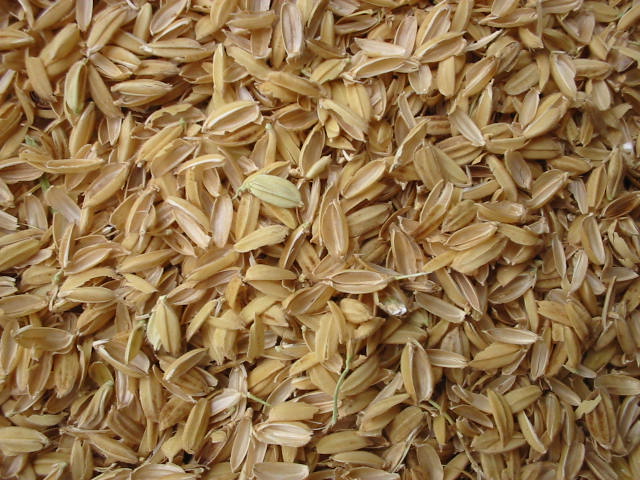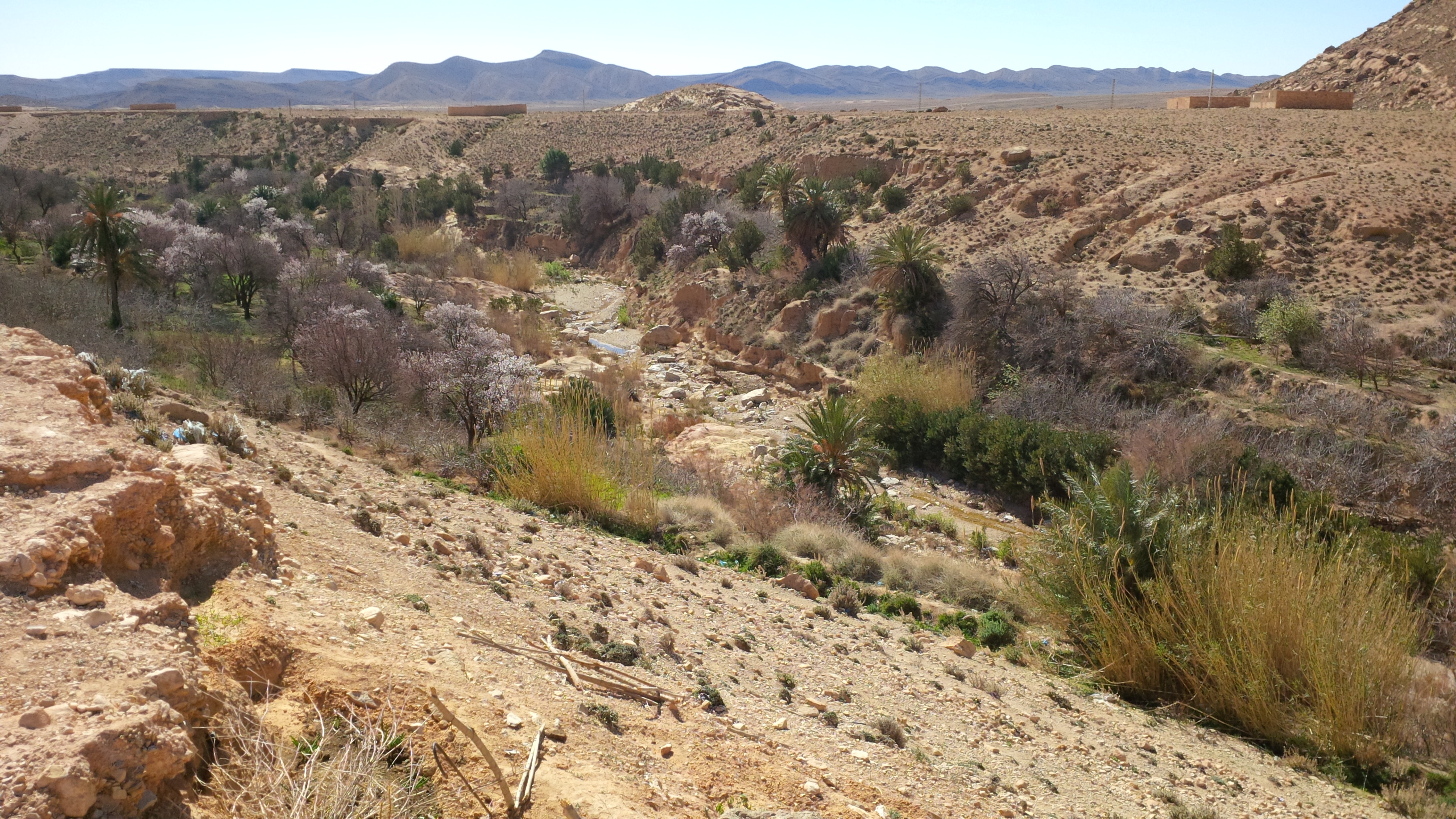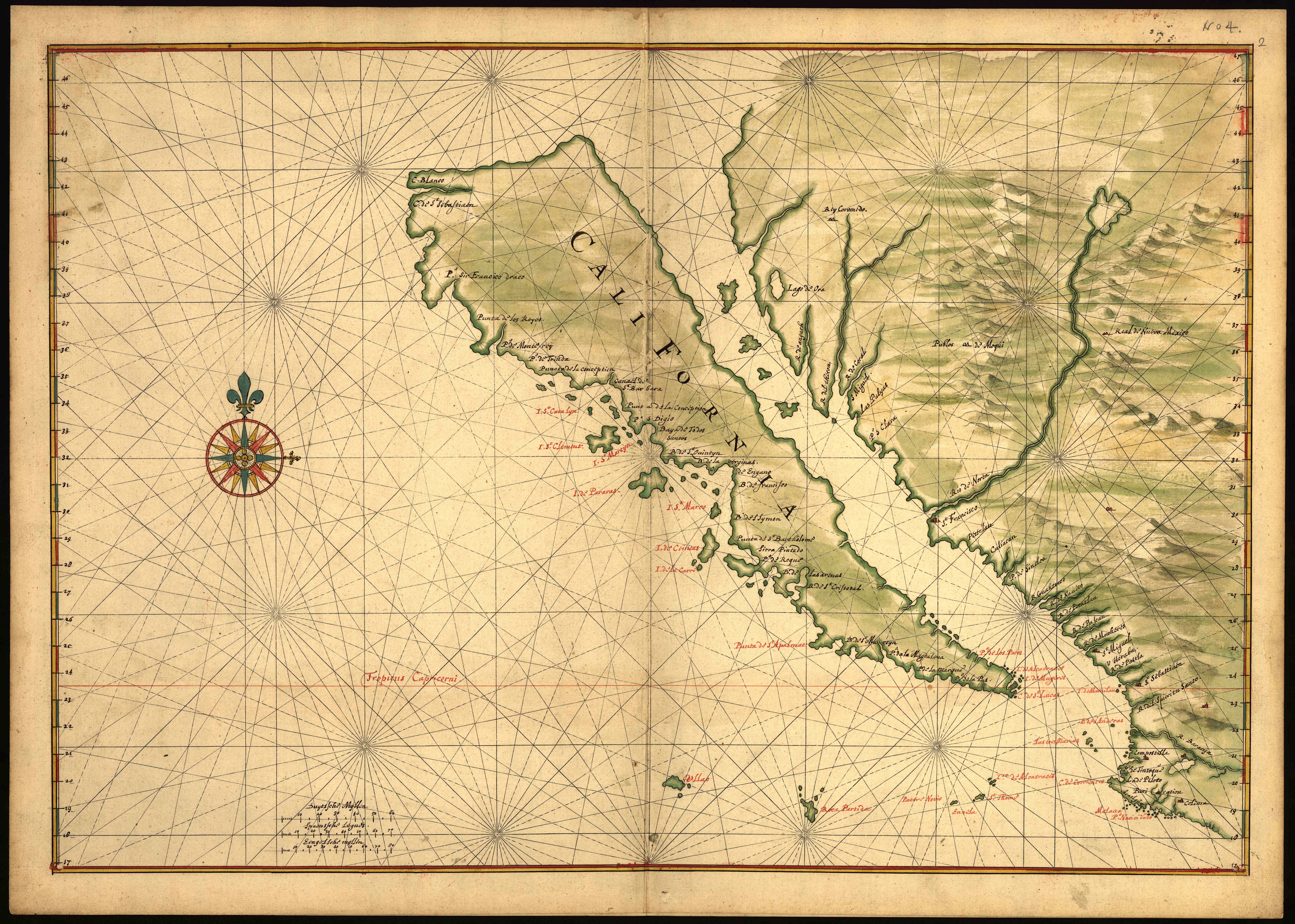|
Gutierrezia Sarothrae
''Gutierrezia sarothrae'' is a species of flowering plant in the family Asteraceae known by the common names broom snakeweed, broomweed, snakeweed, and matchweed. It is a subshrub native to much of the western half of North America, from western Canada to northern Mexico, and can be found in a number of arid, grassland, and mountain habitats. It can be toxic to livestock in large quantities, due mainly to the presence of saponins. The species was utilized by various Indigenous peoples of the Americas, Native American groups for medicinal and other purposes. Description ''Gutierrezia sarothrae'' is a perennial subshrub that ranges from in height. The stems are green to brown, bushy, and herbaceous, and branch upwards from a woody base. The stems die back during dormancy, giving the plant its broom-like appearance. They range from smooth to having some short hairs, and may be resinous and therefore sticky when touched. As the stems are about the same length, this causes the plant ... [...More Info...] [...Related Items...] OR: [Wikipedia] [Google] [Baidu] |
Frederick Traugott Pursh
Frederick Traugott Pursh (or Friedrich Traugott Pursch) (February 4, 1774 – July 11, 1820) was a German people, German–United States, American botanist. Born in Großenhain, in the Electorate of Saxony, under the name Friedrich Traugott Pursh, he was educated at Dresden Botanical Gardens, and emigrated to the United States in 1799. From 1802 to 1805, he worked in Philadelphia as the botanical manager of the extensive gardens of William Hamilton, Esq., "The Woodlands (Philadelphia), The Woodlands." By 1805, he was working for Benjamin Smith Barton on a new Flora (publication), flora of North America, under whom he studied the plants collected on the Lewis and Clark Expedition. His work with Barton allowed him to travel farther afield. In 1805, he traveled south from Maryland to the Carolinas and, in 1806, he traveled north from the mountains of Pennsylvania to New Hampshire. He made both trips principally on foot, with only his dog and a gun, covering over three thousand miles e ... [...More Info...] [...Related Items...] OR: [Wikipedia] [Google] [Baidu] |
Chaff
Chaff (; ) is dry, scale-like plant material such as the protective seed casings of cereal grains, the scale-like parts of flowers, or finely chopped straw. Chaff cannot be digested by humans, but it may be fed to livestock, ploughed into soil, or burned. Etymology "Chaff" comes from Middle English , from Old English , related to Old High German ', "husk". Grain chaff In grasses (including cereals such as rice, barley, oats, and wheat), the ripe seed is surrounded by thin, dry, scaly bracts (called glumes, lemmas, and paleas), forming a dry husk (or hull) around the grain. Once it is removed, it is often referred to as chaff. In wild cereals and in the primitive domesticated einkorn,Potts, D. T. (1996) ''Mesopotamia Civilization: The Material Foundations'' Cornell University Press. p. 62. . emmer and spelt wheats, the husks enclose each seed tightly. Before the grain can be used, the husks must be removed. The process of loosening the chaff from the grain so as to ... [...More Info...] [...Related Items...] OR: [Wikipedia] [Google] [Baidu] |
Desert Shrubland
Deserts and xeric shrublands are a biome defined by the World Wide Fund for Nature. Deserts and xeric (Ancient Greek 'dry') shrublands form the largest terrestrial biome, covering 19% of Earth's land surface area. Ecoregions in this habitat type vary greatly in the amount of annual rainfall they receive, usually less than annually except in the margins. Generally evaporation exceeds rainfall in these ecoregions. Temperature variability is also diverse in these lands. Many deserts, such as the Sahara, are hot year-round, but others, such as East Asia's Gobi Desert, become quite cold during the winter. Temperature extremes are a characteristic of most deserts. High daytime temperatures give way to cold nights because there is no insulation provided by humidity and cloud cover. The diversity of climatic conditions, though quite harsh, supports a rich array of habitats. Many of these habitats are ephemeral in nature, reflecting the paucity and seasonality of available water. Woo ... [...More Info...] [...Related Items...] OR: [Wikipedia] [Google] [Baidu] |
Pinyon–juniper Woodland
Pinyon–juniper woodland, also spelled piñon–juniper woodland, is a biome found mid-elevations in arid regions of the Western United States, characterized by being an open forest dominated by low, bushy, evergreen Juniperus, junipers, pinyon pines, and their associates. At lower elevations, junipers often predominate and trees are spaced widely, bordering on and mingling with grassland or shrubland, but as elevation increases, pinyon pines become common and trees grow closer, forming denser canopies. Historically, pinyon-juniper woodland provided a vital source of fuel and food (particularly Pine nut, piñon nuts) for indigenous peoples of the American Southwest. The nuts continue to be a traditional indigenous food, and because nut-collecting was also adopted by the Spanish in the 1500s, the nuts are also traditionally harvested by some Hispanic communities. pinyon-juniper ecosystems have been under pressure from heavy natural gas extraction in southern Colorado and New Mex ... [...More Info...] [...Related Items...] OR: [Wikipedia] [Google] [Baidu] |
Ecoregion
An ecoregion (ecological region) is an ecological and geographic area that exists on multiple different levels, defined by type, quality, and quantity of environmental resources. Ecoregions cover relatively large areas of land or water, and contain characteristic, geographically distinct assemblages of natural communities and species. The biodiversity of flora, fauna and ecosystems that characterise an ecoregion tends to be distinct from that of other ecoregions. In theory, biodiversity or conservation ecoregions are relatively large areas of land or water where the probability of encountering different species and communities at any given point remains relatively constant, within an acceptable range of variation (largely undefined at this point). Ecoregions are also known as "ecozones" ("ecological zones"), although that term may also refer to biogeographic realms. Three caveats are appropriate for all bio-geographic mapping approaches. Firstly, no single bio-geographic fram ... [...More Info...] [...Related Items...] OR: [Wikipedia] [Google] [Baidu] |
Drought Tolerance
In botany, drought tolerance is the ability by which a plant maintains its biomass production during arid or drought conditions. Some plants are naturally adapted to dry conditions'','' surviving with protection mechanisms such as desiccation tolerance, detoxification, or repair of xylem embolism. Other plants, specifically crops like corn, wheat, and rice, have become increasingly tolerant to drought with new varieties created via genetic engineering. From an evolutionary perspective, the type of mycorrhizal associations formed in the roots of plants can determine how fast plants can adapt to drought. The plants behind drought tolerance are complex and involve many pathways which allows plants to respond to specific sets of conditions at any given time. Some of these interactions include stomatal conductance, carotenoid degradation and anthocyanin accumulation, the intervention of osmoprotectants (such as sucrose, glycine, and proline), ROS-scavenging enzymes. The molecular cont ... [...More Info...] [...Related Items...] OR: [Wikipedia] [Google] [Baidu] |
Baja California Sur
Baja California Sur, officially the Free and Sovereign State of Baja California Sur, is a state in Mexico. It is the 31st and last state to be admitted, in 1974. It is also the second least populated Mexican state and the ninth-largest state by area. Before becoming a state on 8 October 1974, the area was known as the ''El Territorio Sur de Baja California'' ("South Territory of Lower California"). It has an area of , or 3.57% of the land mass of Mexico, and occupies the southern half of the Baja California Peninsula, south of the 28th parallel north, 28th parallel, plus the uninhabited Rocas Alijos in the Pacific Ocean. It is bordered to the north by the state of Baja California, to the west by the Pacific Ocean, and to the east by the Gulf of California. The state has maritime borders with Sonora and Sinaloa to the east, across the Gulf of California. The state is home to the tourist resorts of Cabo San Lucas and San José del Cabo. Its largest city and capital is La Paz, Baja ... [...More Info...] [...Related Items...] OR: [Wikipedia] [Google] [Baidu] |
Zacatecas
Zacatecas, officially the Free and Sovereign State of Zacatecas, is one of the Political divisions of Mexico, 31 states of Mexico. It is divided into Municipalities of Zacatecas, 58 municipalities and its capital city is Zacatecas City, Zacatecas. It is located in north-central Mexico and is bordered by the states of Durango to the northwest, Coahuila to the north, Nayarit to the west, San Luis Potosí and Nuevo León to the east, and Jalisco, Guanajuato and Aguascalientes to the south. The state is best known for its rich deposits of silver and other minerals, its Spanish Colonial architecture, colonial architecture and its importance during the Mexican Revolution. Its main economic activities are mining, agriculture and tourism. Geography Zacatecas is located in the center-north of Mexico, and covers an area of 75,284 km2, the tenth-largest state in the country. It borders the states of Nayarit, Jalisco, Aguascalientes, San Luis Potosí, Coahuila and Durango and is divided in ... [...More Info...] [...Related Items...] OR: [Wikipedia] [Google] [Baidu] |
Northern Mexico
Northern Mexico ( ), commonly referred as , is an informal term for the northern cultural and geographical area in Mexico. Depending on the source, it contains some or all of the states of Baja California, Baja California Sur, Chihuahua (state), Chihuahua, Coahuila, Durango, Nuevo León, Sinaloa, Sonora and Tamaulipas. There is no specific border that separates the northern states from the southern states in Mexico. For some authors, only states that have a border with the United States are considered as northern Mexico, i.e. Baja California, Chihuahua, Coahuila, Nuevo León, Sonora and Tamaulipas. Others also include Durango, Sinaloa and Baja California Sur. Other people consider that the north starts above the Tropic of Cancer, but this description would include some parts of Zacatecas and San Luis Potosí that are not considered northern states. History Before colonization It is not known precisely when the first settlers came to northern Mexico. The harsh climate in th ... [...More Info...] [...Related Items...] OR: [Wikipedia] [Google] [Baidu] |
Great Plains
The Great Plains is a broad expanse of plain, flatland in North America. The region stretches east of the Rocky Mountains, much of it covered in prairie, steppe, and grassland. They are the western part of the Interior Plains, which include the mixed grass prairie, the tallgrass prairie between the Great Lakes and Appalachian Plateau, and the Taiga Plains Ecozone, Taiga Plains and Boreal Plains Ecozone, Boreal Plains ecozones in Northern Canada. "Great Plains", or Western Plains, is also the ecoregion of the Great Plains or the western portion of the Great Plains, some of which in the farthest west is known as the High Plains. The Great Plains lie across both the Central United States and Western Canada, encompassing: *Most or all of the U.S. states of Kansas, Nebraska, and North Dakota, North and South Dakota; *Eastern parts of the U.S. states of Colorado, Montana, and Wyoming; *Parts of the U.S. states of New Mexico, Oklahoma, Texas; *Sometimes western parts of Iowa, Minnesot ... [...More Info...] [...Related Items...] OR: [Wikipedia] [Google] [Baidu] |
United States
The United States of America (USA), also known as the United States (U.S.) or America, is a country primarily located in North America. It is a federal republic of 50 U.S. state, states and a federal capital district, Washington, D.C. The 48 contiguous states border Canada to the north and Mexico to the south, with the semi-exclave of Alaska in the northwest and the archipelago of Hawaii in the Pacific Ocean. The United States asserts sovereignty over five Territories of the United States, major island territories and United States Minor Outlying Islands, various uninhabited islands in Oceania and the Caribbean. It is a megadiverse country, with the world's List of countries and dependencies by area, third-largest land area and List of countries and dependencies by population, third-largest population, exceeding 340 million. Its three Metropolitan statistical areas by population, largest metropolitan areas are New York metropolitan area, New York, Greater Los Angeles, Los Angel ... [...More Info...] [...Related Items...] OR: [Wikipedia] [Google] [Baidu] |
Prairie Provinces
The Canadian Prairies (usually referred to as simply the Prairies in Canada) is a region in Western Canada. It includes the Canadian portion of the Great Plains and the Prairie provinces, namely Alberta, Saskatchewan, and Manitoba. These provinces are partially covered by grasslands, plains, and lowlands, mostly in the southern regions. The northernmost reaches of the Canadian Prairies are less dense in population, marked by forests and more variable topography. If the region is defined to include areas only covered by prairie land, the corresponding region is known as the Interior Plains. Physical or ecological aspects of the Canadian Prairies extend to northeastern British Columbia, but that area is not included in political use of the term. The prairies in Canada are a biome of temperate grassland and shrubland within the prairie ecoregion of Canada that consists of northern mixed grasslands in Alberta, Saskatchewan, southern Manitoba, as well as northern short grassland ... [...More Info...] [...Related Items...] OR: [Wikipedia] [Google] [Baidu] |





